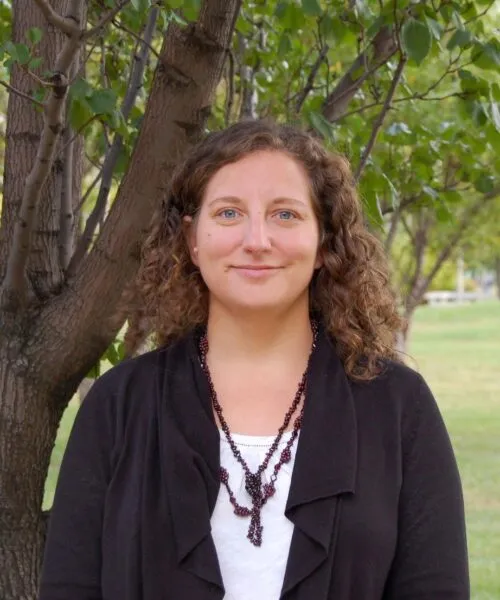About Dr. Grossman
Biography
Heather E. Grossman is an architectural and art historian and an archaeologist whose research investigates conceptualizations of identity and transcultural exchange and instances of architectural and cultural interaction in the Mediterranean. Her research and teaching examines encounters between the various Christian, Islamic, and Jewish cultures of the global medieval world, focusing on the role of architecture in creating group identity, memory and architecture, and the development of Mediterranean cities. Grossman also researches the reception and uses of ancient and medieval monuments in the modern world, which she pursues in particular relationship to the history of architectural and urban photography by the Ottoman photographers Pascal and Jean-Pascal Sébah.
She is the co-editor of Mechanisms of Exchange: Transmission in Medieval Art and Architecture of Europe and the Mediterranean, 1000–1500 (Brill, 2013) and the author of Building Identity in the Medieval Morea: Architecture and Interaction in the Thirteenth-Century Mediterranean, which will shortly be in print with Routledge; the monograph is supported by the ISoA Ding Faculty Award as well as the International Center for Medieval Art. The book conceptualizes cross-cultural interaction through examination of fourteen churches in the first holistic assessment of the ecclesiastic architecture created in the Greek Peloponnese (or, the Morea, as it was then known) after the Fourth Crusade in 1204 CE. Through close readings of monastic and lay churches both in Greece and France, Grossman locates comparative material in the settlers’ Champenois and Burgundian homelands and demonstrates that while earlier examples of Moreote architecture were bound by a cultural architectural memory to twelfth- and thirteenth-century France, local Byzantine Greek architectural knowledge and building practices also played a key role in the region’s architectural design. She demonstrates that after an initial mixing, a distinct, localized and changing architecture developed over time that inflected and reflected the mixed and fluid socio-cultural and artistic character of the post-conquest Peloponnese. She argues that the social interaction of the diasporic Europeans and the local Greeks, as well as the geographic circulation of artisanal ateliers, created a unique architecture that within just a few generations fused initially disparate and oppositional cultural and architectural practices into monuments of shared experience and identity. Her research has been supported further by the International Center for Medieval Art, the Archaeological Institute of America, the American School of Classical Studies at Athens, the Newberry Library, and the Program in Hellenic Studies at Princeton University.
Education
- Ph.D., History of Art and Architecture, University of Pennsylvania (2004)
- Master of Arts, History of Art and Architecture, University of Pennsylvania (2001)
- Bachelor of Arts, Magna Cum Laude, History of Art and Architecture + Old World Archaeology and Art (double major), Brown University (1995)
- Studies at History of Art Department and Institute of Archaeology, University College London (1993–94)
Teaching and advising
Classes taught
- ARCH 210: Introduction to the History of World Architecture
- ARCH 222: Islamic Architecture
- ARCH 403: Mediterranean Cities
- ARCH 407: Rome: The Eternal City
- ARCH 412: Medieval Architecture
- ARCH 415: Nineteenth-Century Architecture 1750-1900
- ARCH 591: Constantinople/Istanbul
- ARCH 591: Architecture and Memory
- ARCH 591: Identity and Architecture
